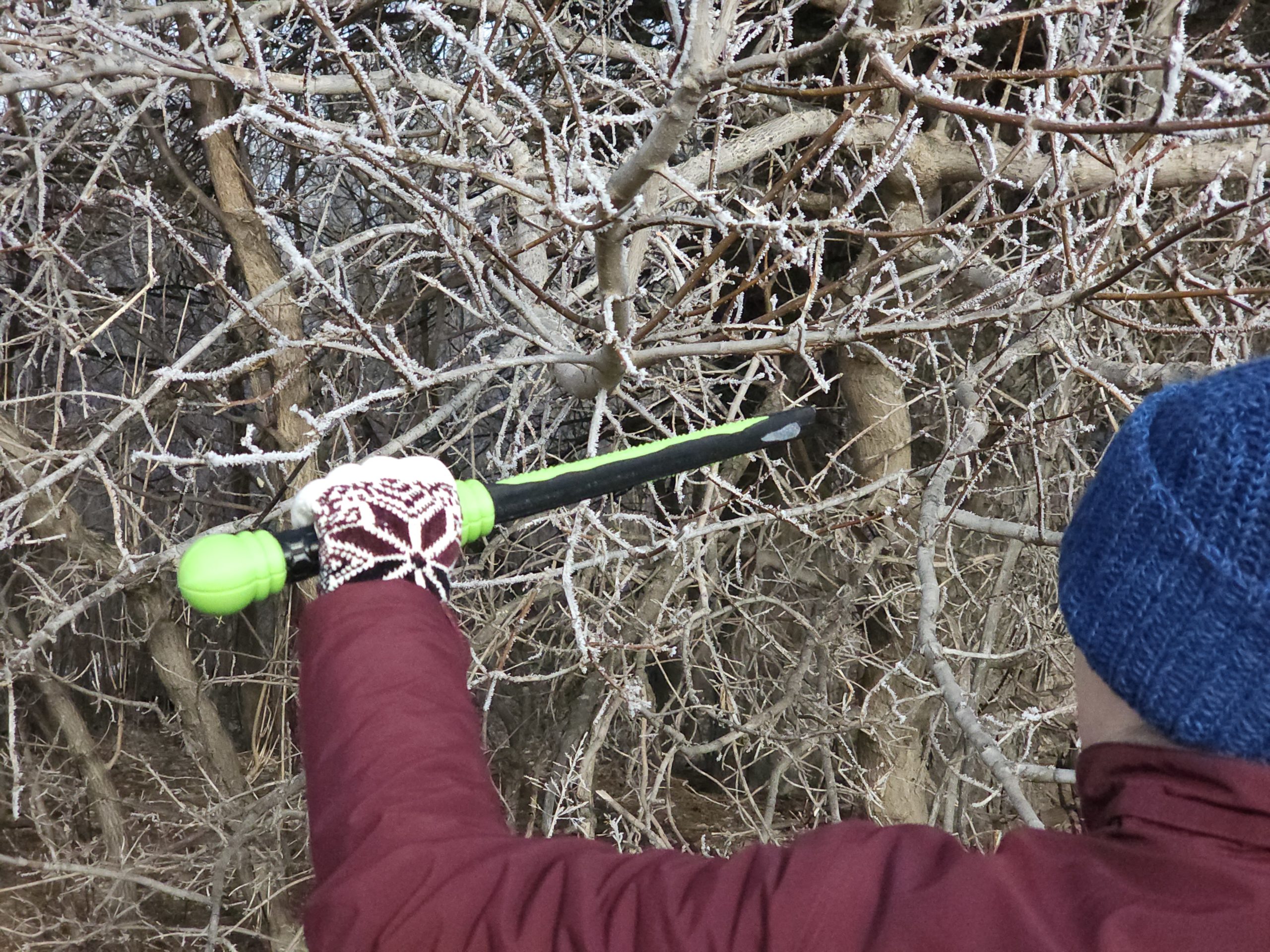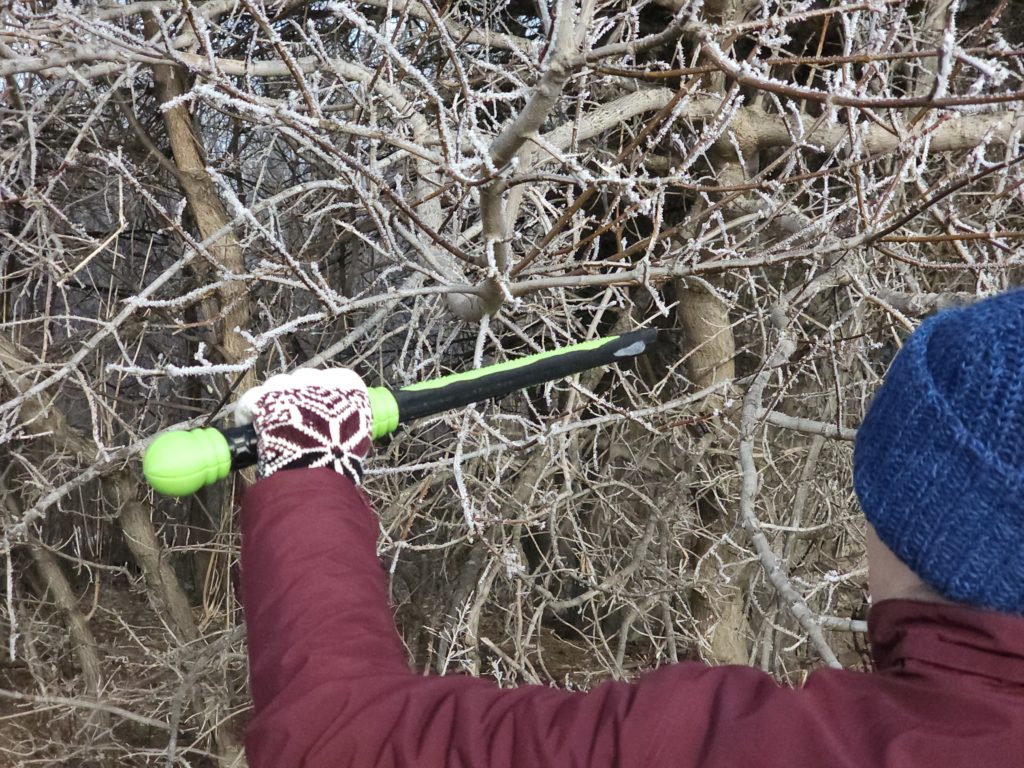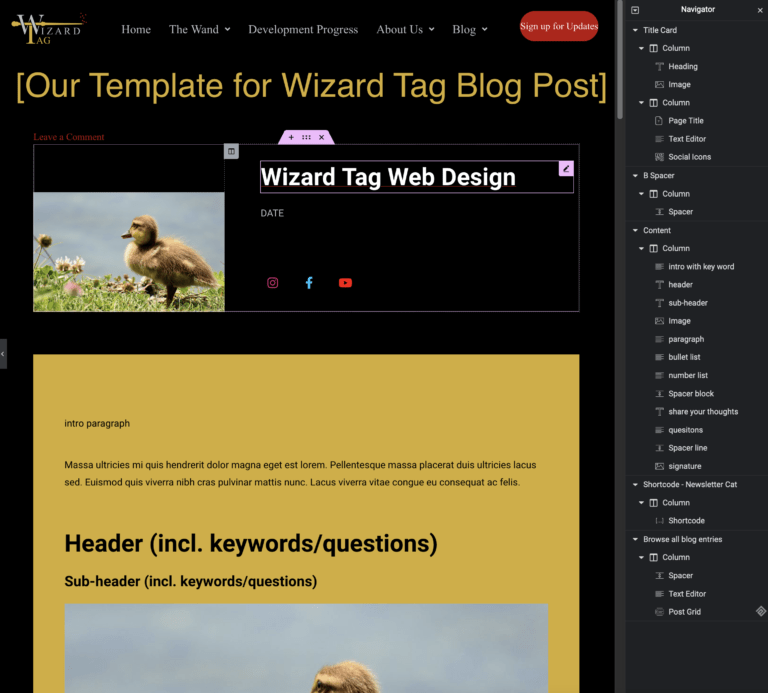Wizard Tag

The signature characteristic of Wizard Tag Wands is not just the stunning array of crystals that display light animations and game information.
It is not just the awesome Wizard Guide who helps you through the menus.
It is also not just the sound effects, vibrations, or features like Starlight.
What makes Wizard Tag Wands magical is the excellent gesture recognition system!
4-Dimensional Magic (Motion Control and Gesture Recognition)
What is Motion Control and why is it important for Wizard Tag?
Motion control is just a way of making things happen by making detectable motions rather than activating switches, triggers, or buttons.
The motions in this case are generally the change in position of the tip of the wand.
This is important to Wizard Tag because we do not want anything to interfere with the magic of the game! We want an experience that does not include watching a screen, pressing buttons, or pulling triggers. There isn’t even a sensor pad to depress or move over to activate sensing or other functions.
We use motion control because that is how wands and magic should work!
What is Gesture Recognition and what are the challenges?
If motion control is what we want in the wand, then gesture recognition is how we make that happen. Our wands utilize a system that analyzes the motion in three planes, including rotation or twist. The sensors can detect magnetic direction, motion and acceleration!
The gyro-compass-accelerometer is the key to sensing, but the processing of the data is just as important. Data from each movement is gathered and analyzed to determine if it was a spell. If it might be, then the data is run through an algorithm to evaluate it as compared to various spell templates. At a programmed match level, the effect is initiated!

Why do we call it 4-Dimensional Magic?
The electronic components detect the motion in space, which is 3 dimensional. The clock is important too. For example a half-spell, followed by a pause, then the remainder of the spell, would not work. There has to be a clean flow of magic from the beginning of the spell to the end.
In addition, most gesture recognition systems restrict themselves to planar sigils. It is easiest to imagine a circle or square on a flat surface in front of you, like a chalkboard, and draw it. Wizard Tag doesn’t care about easy! We care about magic, so some of our spells move out of the plane and become 3-dimensional figures.
Bystanders would see the difference between 2-D and 3-D spell casters as someone just waving their wand about and true practitioners, stepping up to the next level!
While some spells are more complex, they can all be mastered easily with a little practice! Also, there are many low-level 2-D spells that have practical effects.
Wizards will love casting spells in 4-dimensions!
Share your thoughts in the comments below!
- Have you ever used a device with gesture recognition?
- What do you anticipate most about the Wizard Tag Wand?
- Why do you think motion control is better than buttons, switches, or triggers?

Want more Wizard Tag updates?
Follow our Progress as we create Laser Tag for Wizards!
#makingmagicreal
Browse the Latest Blogs:

Game Review: The Vale of Eternity
- 6 min read
- Date: May 12, 2024

Game Night: Root
- 4 min read
- Date: May 5, 2024

Wizard Tag Web Design
- 4 min read
- Date: April 28, 2024